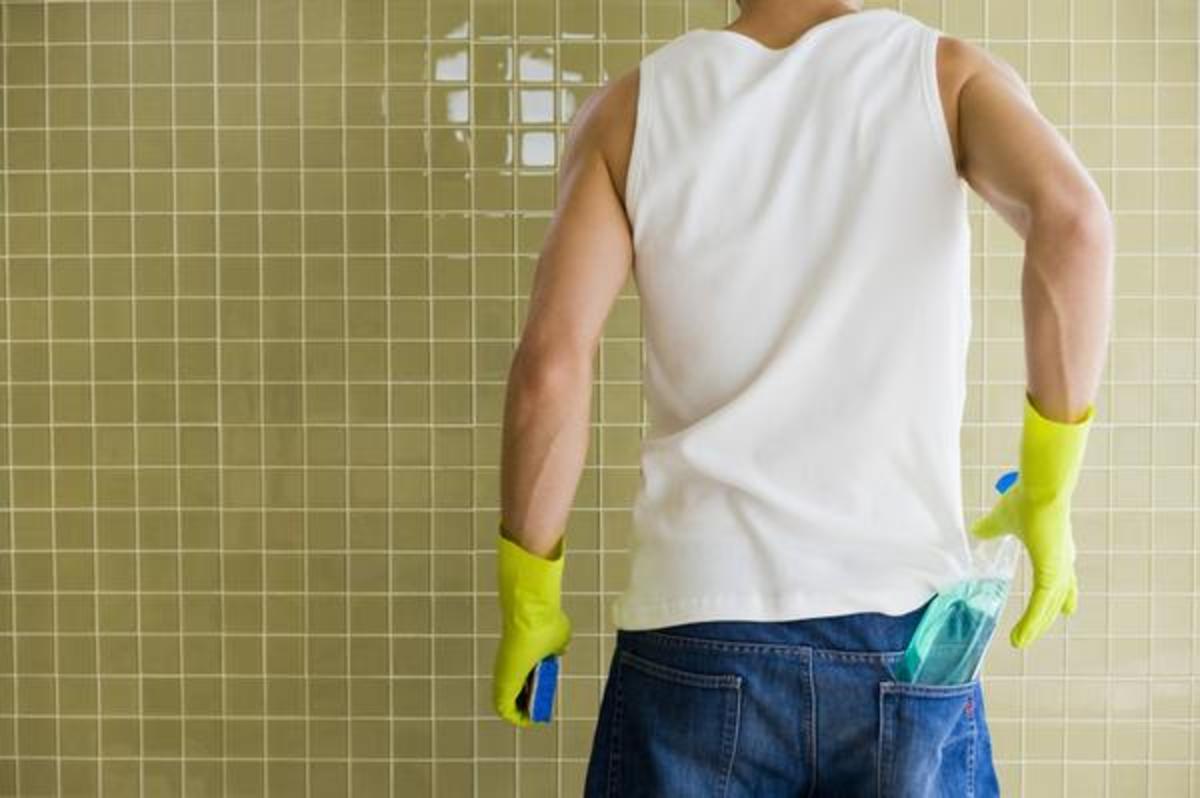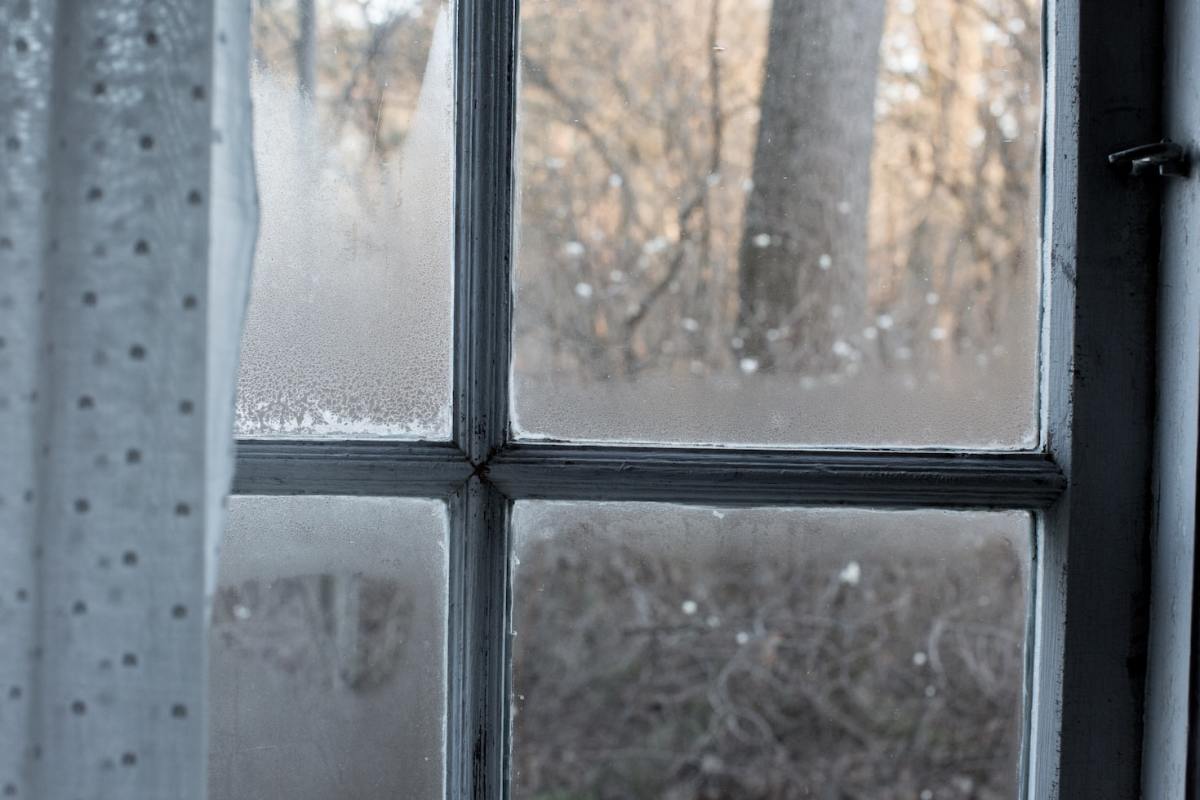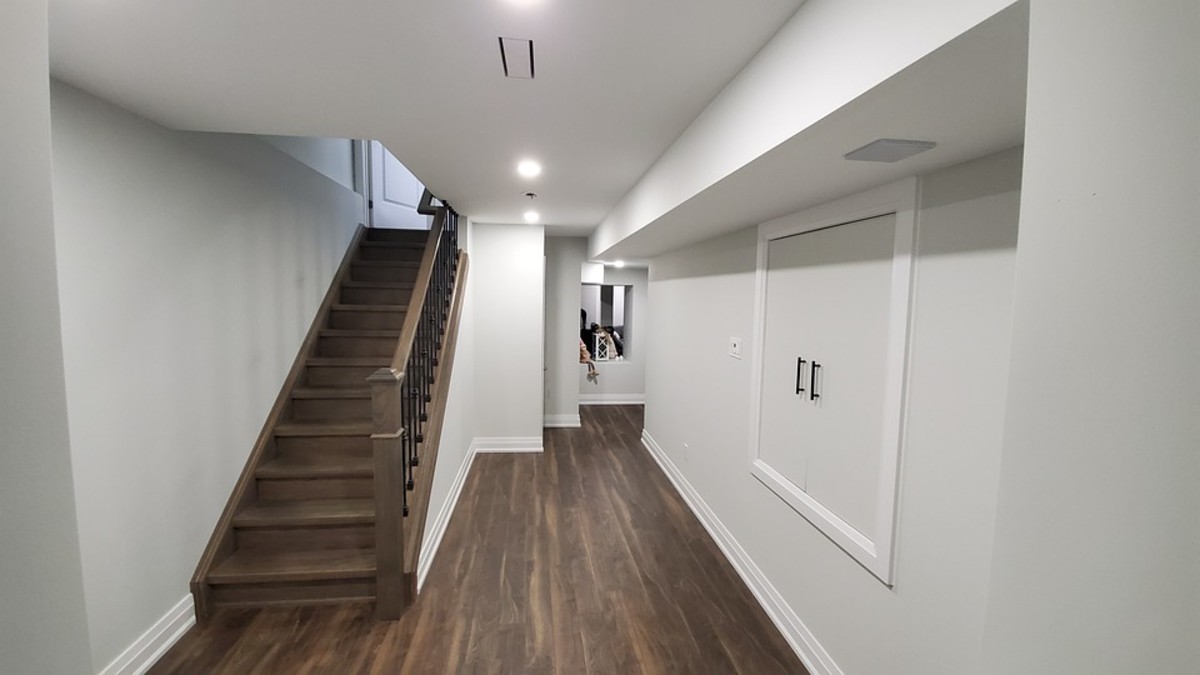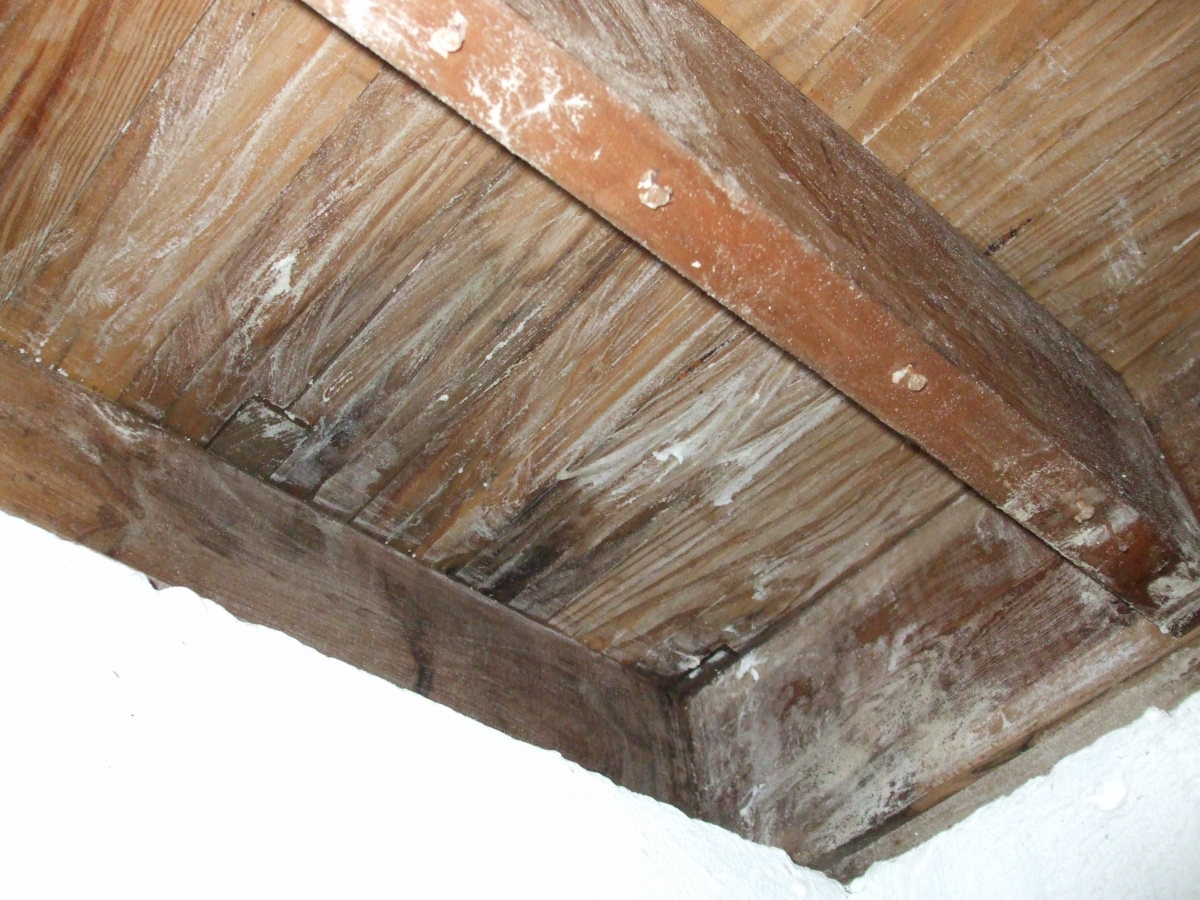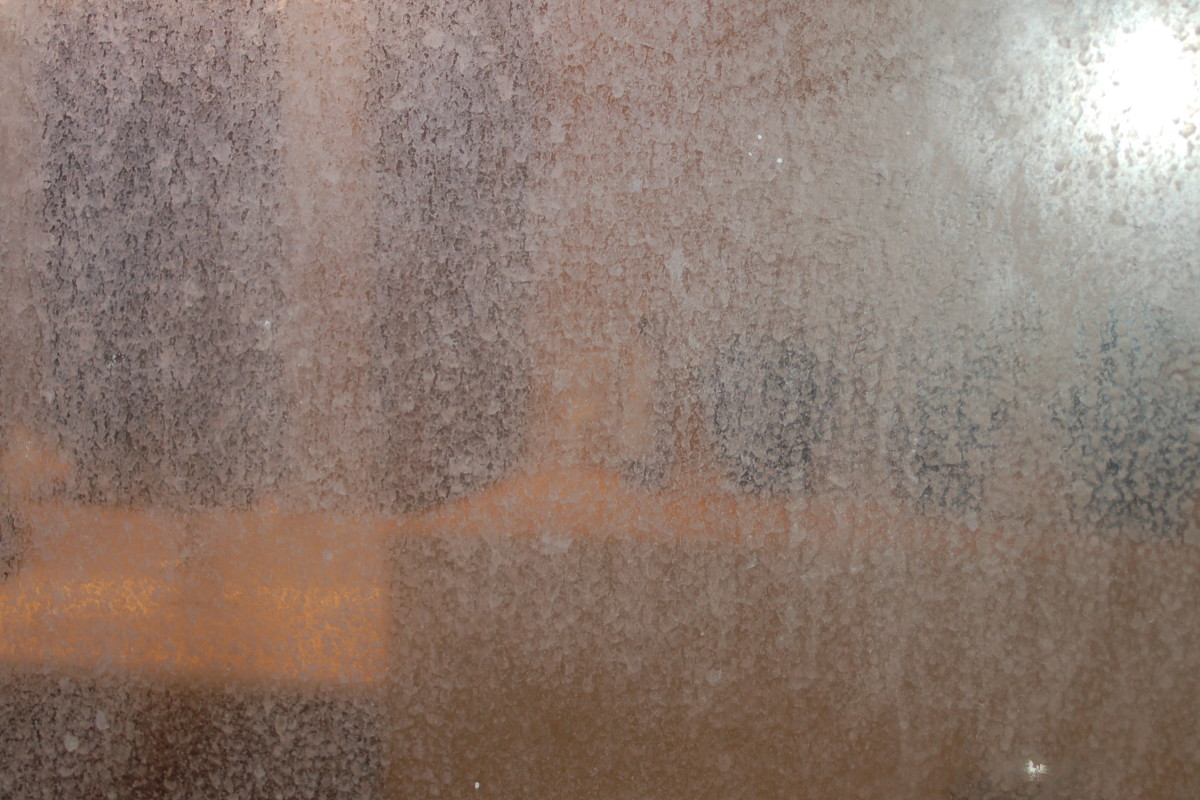Mould Removal Made Easy
Keep Your Home Free of Mould This Winter

Be Rid Of Unsightly Mould Forever
Before you begin your cleaning campaign, it is as well to understand a little about mould. You may protest that you keep your house sparkling clean, so why does this disgusting and unsightly stuff still appear on the walls? It is nothing to do with cleanliness, that's why! It is also nothing to do with the structure of the building, so don't blame your landlord. Mould and condensation in the home are a lifestyle issue. This means it is down to you to do something about it and this need not be an insurmountable task.
Mould needs moisture to survive and you and your family are unwittingly providing it with an endless source just by doing everyday things like showering, cooking, breathing and the definite no no of drying clothes on radiators. If you don't provide adequate ventilation for all this water vapour to escape, it will settle on cooler surfaces and cause problems with condensation and mould growth. This is an all too common occurrence over the winter months in cooler climates and causes no end of problems to health, household contents and the fabric of buildings if not addressed swiftly.
Mould growth is never associated with damp which is caused by water that penetrates from the outside - mould will not even grow on damp patches because moisture which has come through the brickwork from the outside is far too salty. water from leaking pipework or tanks will cause a brownish orange stain like rust and these stains are never associated with black mould growth.
Modern day homes with their double glazing, cavity wall and loft insulation do a grand job in keeping the heat in;unfortunately they also keep the moisture in too. If there is no ventilation then this moisture will have no means of escape and will soon cause condensation and mould issues. Leaving the windows open for a few minutes each day and wiping the panes regularly is usually all that's needed to combat this problem effectively. Houses in bygone eras which were built with chimneys had adequate ventilation because coal fires would not only heat the home but draw away excess moisture too.
Try to keep your home at an even temperature throughout the winter months. Letting an unused room go unheated is false economy because it is here where problems with mould will be likely to arise. The worst possible outbreaks of mould occur in homes where the heating level has been too low over the winter or even non- existent. The picture below clearly demonstrates this.
A Severe Case Of Black Mould Before It Was Successfully Cleaned
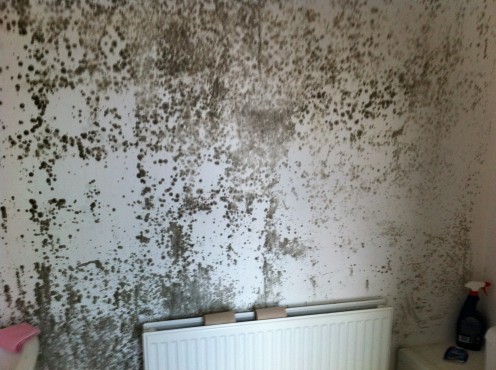
Elbow Grease Required!

How to Reduce Mould Growth in The Home Environment
Practical Tips to Tackle Mould
Apart from the usual cleaning products and equipment as pictured, you will need a vast amount of patience and some 'elbow grease' to be rid of mould from interior walls and window frames etc, especially where there has been an ongoing problem in the past. When mould has been left to its own devices it can also damage the plaster in extreme circumstances, but in most cases the plaster can be preserved if the appropriate products are used.
Mould has a habit of coming back if interior walls are not thoroughly cleaned and treated before redecoration. Mould needs moisture to thrive and home interiors thus provide the ideal conditions for mould to reproduce. Keeping moisture levels to a minimum is not that difficult once you become aware of the things you should avoid. The solution to mould problems can easily be implemented with proper household management.
Mould can get underneath wallpaper and until the paper is removed you may not even be aware of the extent of the problem even though there may be a telltale musty smell present. Mould spores will be present in the air sometimes causing household members to suffer with respiratory problems.
Kitchen and bathroom walls are always susceptible to mould growth due to them being in areas of high water usage and if there is inadequate ventilation, they will need frequent cleaning to keep mould at bay.
Check all rooms thoroughly on a regular basis, especially rooms that are used infrequently and those that are cooler than the rest of the house. It is wise to move furniture away from the walls at frequent intervals as mould growth can take hold in areas where there is little movement in the air. Having furniture right up against an outside wall will encourage mould growth, so leaving a gap of a couple of a couple inches will allow air to circulate.
In order to clean your walls you'll need a reliable brand of mould and mildew spray to treat the affected area; Amazon has a great selection. As you clean, you should open the windows to facilitate ventilation. Keep all areas free of debris so your work space is as uncluttered as possible. See this as part of the preparation for redecoration. A word of warning here - never ever be tempted to paint over mould on your walls as it will come back with a vengeance and the spores will still be there.
You will need to scrub hard with a stiff bristle brush to remove the mould and you should wear a face mask if either the mould or the cleaning products are likely to affect your breathing. Eye protection is also recommended. Wear old clothes as the bleaching agents in the mould cleaner will remove colour from clothes if the spray settles on them as you are cleaning.
Hoover up all dust and debris taking care not to disturb the dust. Make sure to cover floor coverings thoroughly. You will need waterproof dust sheeting to protect carpets from the mould spray that will inevitably run down the walls however careful you are.
Work from the top down when spraying following the particular guidelines for the product you are using. Mould and mildew cleaner is very cheap so it doesn't matter if you are liberal with it. You may need to reapply the product several times over the course of a few days or even weeks to be rid of the mould completely, but it will have been well worth the effort. You must make sure all traces of mould have gone before you decorate. Enlist the help of friends to make your tedious task less time consuming or play some of your favourite music while you work. Remember cleaning walls is good exercise too, so consider it all part of your fitness regime!
As an extra measure you can now wash down the walls with a mould-inhibiting fungicidal wash that will discourage further mould growth.
Also on the market are products containing mould inhibiting paint additives that can be mixed with standard emulsion. You can also buy paint that already has inhibitor added. Crown does a good range which is widely available. Moldex can be bought online. Many other products are available to purchase on the Internet or at reputable DIY outlets such as Home Depot. Your once mouldy walls will soon be looking as good as new and you will have saved yourself a fortune in re-plastering costs with the aid of some mould and mildew spray and the elbow grease mentioned earlier.
Don't Get Steamed Up About Condensation and Mould

A Sensible Guide to Mould Prevention
© 2015 Stella Kaye

